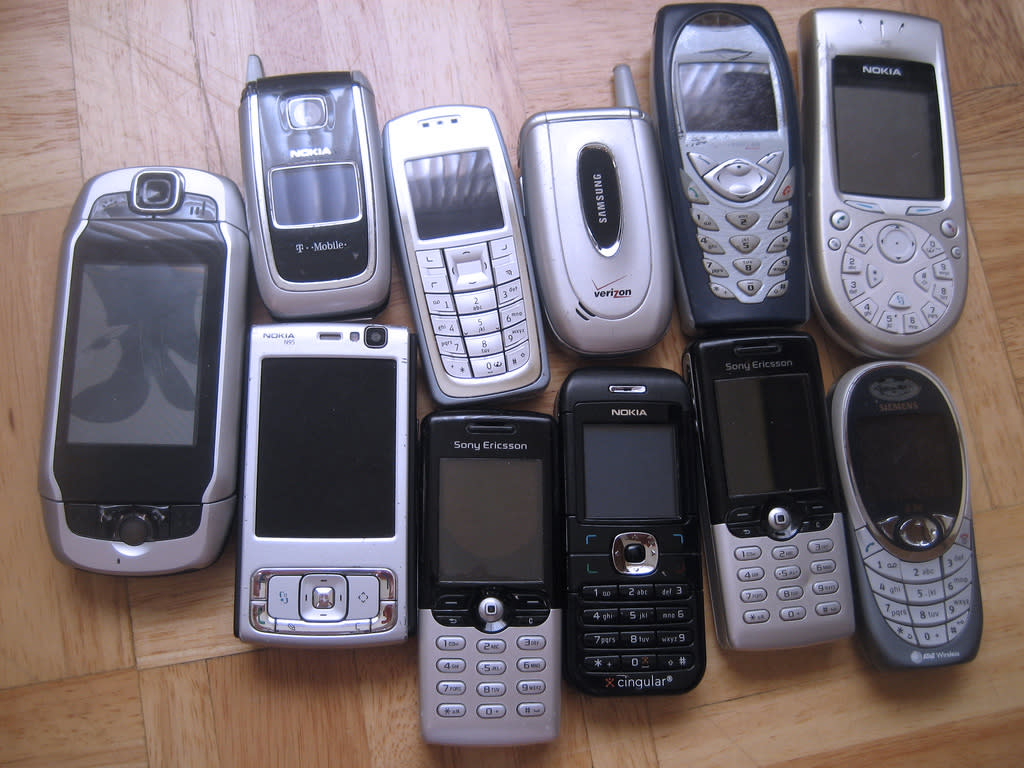Mobile phones are more widespread than accessible electricity and water, according to the World Bank
It’s strange to think about the fact that even a decade ago, owning a mobile phone was a big deal. Nowadays, it seems that most people have a phone on the go.
And according to the World Bank, the rate of phone growth in low- and middle-income countries has been explosive, with 93.6% of a six billion people population having access to a mobile phone.
The result: A larger percent of that population has mobile phones than has access to electricity and water.
On its own, this stat is amazing. What World Bank data scientist Tariq Khokhar did to make that conclusion was compare several indicators of access — mobile phone, water, electricity, internet. However, while water and electricity access don’t lag too much behind (89.4% and 81.6% respectively), internet access does.
Only 36.8% of this population can get on the internet. So while we might think mobile phone = access to the world’s digital information networks, that isn’t necessarily true. Of course, this statistic is inherently slanted: It’s much easier to get a phone than to set up electricity, or water, or internet, no matter where you live.
And yet, the clear disparity between who can get a mobile phone and who can use it for the functions we might take for granted is quite clear. We wonder what other disparities lie within the World Bank’s sizable data bank.


